.....Read More
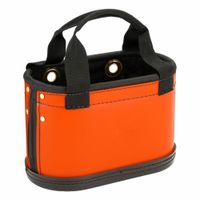
Bucket Bags & Aerial Bucket Tool Storage

Flat Zippered Tool Bags
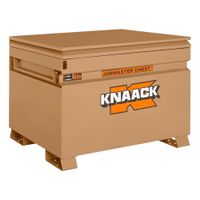
Jobsite Boxes & Cabinets

Modular Tool Storage Systems
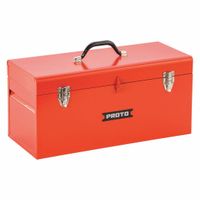
Portable Tool Boxes & Cases

Tool Backpacks & Rolling Tool Bags
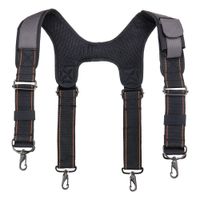
Tool Belts, Aprons, Suspenders & Vests
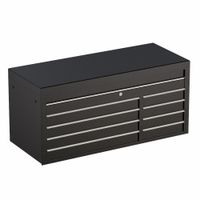
Tool Cabinets, Chests & Carts

Tool Organizers
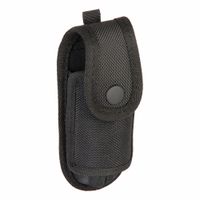
Tool Pouches, Holsters & Sheaths
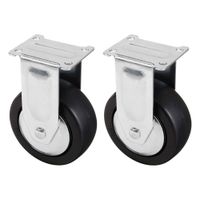
Tool Storage Accessories

Tool Totes & Wide-Mouth Tool Bags
Frequently Asked Questions
What are the best tool storage solutions for small spaces?
How do I choose the right tool storage system for my needs?
What are the benefits of using modular tool storage systems?
How can I secure my tools at a jobsite?
What is the difference between a tool chest and a tool cabinet?
How do I maintain and organize my tool storage effectively?
What features should I look for in a portable tool box?
How do I organize tools in a tool backpack or rolling tool bag?
What are the advantages of using tool belts and aprons?
How do I maximize storage in a tool cart or tool chest?